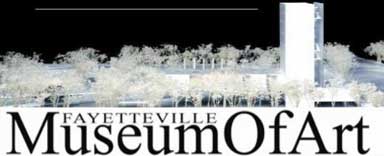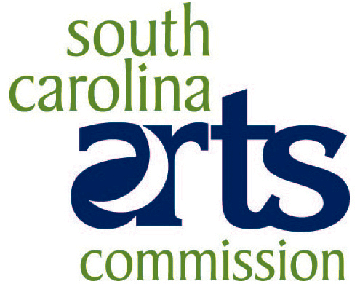A few years ago it was the Southeastern Center for Contemporary Art(SECCA) in Winston-Salem, NC, that needed the state of North Carolina to come its rescue by taking it over and putting it under the umbrella of the North Carolina Museum of Art, a division of the NC Department of Cultural Resources. At the time SECCA desperately needed repairs but had no funds to accomplish the renovation. It finally reopened on July 15, 2010.
But how long it stays open depends on them attracting private funding and more people paying admission to get in the door to see the kind of art they will be offering.
Correction: Admission to SECCA is free, but they will still need funding support from areas other than the State of NC to stay healthy.
This spring, the Charleston Symphony Orchestra in Charleston, SC, suspended operations, unable to finish the final event of its season. So far the musicians have refused the latest offer of the Symphony’s management to take another reduction in pay. Efforts are underway by a group of community leaders to reinvent the Symphony, while Charleston Mayor Joe Riley is trying to get the community to swallow a plan to renovate the aging Gaillard Auditorium (performance venue of the CSO) to the tune of $140 million + for the use of the Spoleto Festival USA (for 17 days a year), the questionable Symphony, and other groups who can’t afford the old auditorium fee. The Mayor who usually gets what he wants is meeting some resistance.
In May, the trustees of the Fayetteville Art Museum in Fayetteville, NC, closed the doors of the museum – in debt, out of money, and with no future in sight. While they were trying to raise money for a new facility they forgot to raise money to operate the current facility. The local arts council cut off a major part of the museum’s funding after discovering some discrepancies in the museum’s financial statements. Community leaders there are trying to put the pieces back together.
Who will be next?
Was it the economy that brought these organizations down? Was it the reductions in public funding? Was it a lack of public interest? Or was it bad management?
In these three cases it was probably a bit of all four factors and a few more. The economy has taken its toll on all in the arts. Reductions in funding are also a factor all non-profits have had to deal with in the last couple of years, but some arts organizations have failed to realize that as a part of the overall community they can’t just ignore the likes and dislikes of the community in general – of which they say they exist to serve, but are they?
Some art organizations like to think they know what’s best for the community, but never seem to figure out why the community doesn’t support them with funding and paid attendance. Offering programming which is highly acclaimed by art critics, but not by the community is a sign of bad management. That old mantra of “the arts shouldn’t be profitable” has worn thin with taxpayers and business leaders who are feeling the pinch themselves.
Yes, these arts organizations should expand our horizons, educate, and inspire, but not cram their tastes down the public’s throat – then wonder why no one shows up.
Of course their partners in this attitude are sometimes state arts agencies, like the SC Arts Commission, who also think they know what’s best for the community, by slanting funding toward organizations willing to express the agency’s views over the views of the community.
So angry taxpayers are in a mindset to revolt against those forces who want to tell them where their tax dollars are best spent and they are electing representatives with a like mindset to make reductions in government spending – while the arts and cultural agencies have a bull’s eye on their backs.
Yes, the folks who directly benefit from the funds these agencies dole out are protesting, but is the general public – when other services are also on the chopping block?
In the next few years we’re going to see what’s really important in the public’s eyes – arts and libraries or roads and property tax reductions. It seems we can’t have both any more.
I wonder how many of those folks who were protesting Governor Sanford’s veto cuts to the SC Budget actually took time to vote in recent primaries? Not many is my guess. But if people who love the arts want to turn back this tide of cuts to the arts – they better grab all of their friends and show up to vote this November – or your world, as you know it, will soon disappear.
And, they better get real on how they spend what little money is left and make sure the public sees that the spending is justified and worthy to them – not art critics.
It’s time for the arts to get smart – really smart.



